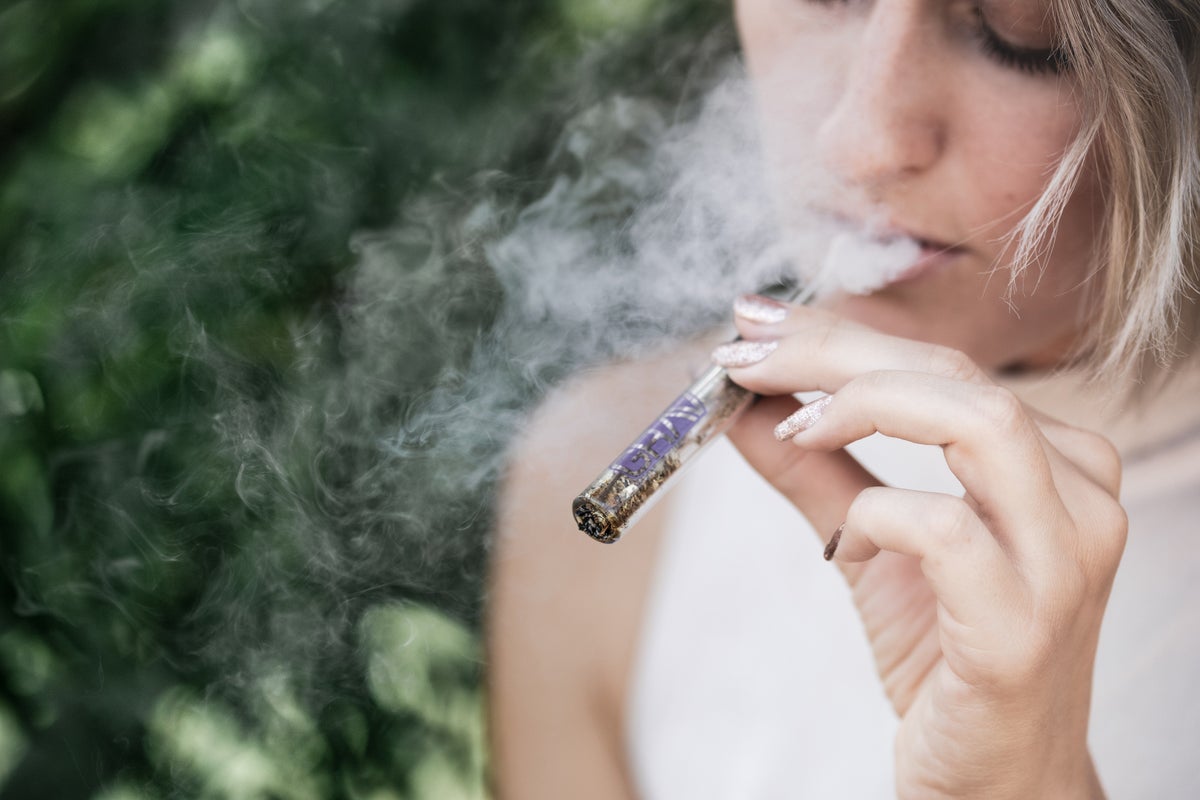[ad_1]
This article was originally published on The Fresh Toast and appears here with permission.
Both outdoor and indoor marijuana are capable of producing the best weed in the land. But which gives you the best high?
Cannabis options these days are more bountiful than ever before. It seems there is a new way to consume marijuana every season and always a new strain to try out. When it comes to selecting a marijuana product, the process, while exciting, can be altogether daunting. It’s helpful to find ways of narrowing the list of choices in front of you.
If you prefer indica to sativa, for example, you can cut your list in half. This can make your selection a bit less overwhelming. Then there is the growing method to consider.
You may have heard there are some differences between indoor and outdoor marijuana. You might even notice that the buds you purchase even look a bit different depending on whether they were grown inside or in natural sunlight. This might have you wondering if these visual differences between indoor grown and outdoor grown marijuana can also affect the quality of the product. If so, when it comes to indoor versus outdoor cannabis, which type is better to buy?
Reasons to Buy (and Avoid) Indoor Grown Marijuana
Indoor cannabis is sometimes compared to growing marijuana in a laboratory, and this comparison is by no means baseless. Indoor marijuana is grown in very controlled, laboratory-like conditions. This control allows growers to extract the exact attributes they are looking for in any given strain.
This controlled and hands-on approach can lead to potent products, with several indoor varieties having higher THC content than their outdoor counterparts of the same strain. According to the cannabis technology and marketing company Leafbuyer, “In an enclosed space, you can control the amount (and type) of light your plant gets, the humidity of your growing room, and just about every other factor that goes into growing cannabis.”
When you purchase indoor cannabis, you are likely to get a controlled product, with little variation. In other words, if you are less likely to be “surprised” with indoor cannabis, as part of the goal is to remove that nuance that exists in outdoor farming.
While indoor cannabis is quality controlled and closely monitored, there are some reasons that might steer you away from cannabis grown indoors. One of these reasons is noticeable right off the bat — the price. Because indoor cannabis is grown inside a facility, there are more overhead costs. It often takes more manpower per plant to grow as well, raising the price even more. And while each plant could potentially contain more THC than outdoor plants, the yields are often much smaller.
The other reason you might want to reconsider purchasing indoor weed has less to do with how the high feels, but rather how low the purchase might make you feel on a moral level. That is because indoor cannabis has a mammoth carbon footprint. According to New Frontier data, “Indoor cultivators use 18 times more energy to produce one gram of cannabis than outdoor cultivators use (kWh/gram).”
The study goes so far as to say that indoor marijuana cultivation produces almost 25 times more carbon than outdoor growing methods. If you, like many, are sensitive to your carbon footprint in this era of climate change, then purchasing some indoor cannabis might make you feel a bit environmentally irresponsible.
Outdoor Cannabis and Why You Should Choose It
When it comes to outdoor cultivation, it is easy to compare it to indoor growing and see a major potential downside, and that’s a lack of consistency. Just like with wine and other complex horticulture products, outdoor cannabis can vary greatly from one growing season to another. With ever-mounting wildfires, droughts, hurricanes and other intense unpredictable weather events, it is easy to see why there can be good years and catastrophic years for outdoor cannabis. This, more than anything, makes outdoor cannabis unpredictable, especially compared to cannabis grown indoors.
There is also the climate to consider. Growing cannabis outdoors in tropical Hawaii is simply not going to be the same process or product as the same strain grown in Maine. The growing seasons can be short or long, just as the days and sunlight can vary significantly.
Still, some argue that this individual relationship outdoor plants have with the Earth and the sun is what makes it special, and possibly superior. “By letting the plants do their thing and just making sure they have enough food and water to thrive, you can end up with an incredible crop,” according to cannabis nutrient supply company Geoflora Nutrients. “Many growers even consider outdoor-grown bud to taste better because it was grown with sunlight.”
In fact, while the idea that indoor weed is more precisely grown and is therefore superior is one theory, others see great value in using the natural elements. “Outdoor has a bad rep for being weak or not as juicy in flavor as indoor,” Merry Jane editor Mary Carreon told Forbes. “But I’d argue that outdoor can be just as good, sometimes better, than indoor,” she continued.
After all, potency is not necessarily what makes marijuana “the best.” Some people look for taste and aroma. Just like with fine wine, much of that nuanced flavor can come from the soil and surroundings, which might be muted or altogether absent when marijuana is grown indoors with carefully manipulated soil.
Both outdoor and indoor marijuana are capable of producing the best weed in the land. Indoor cannabis is king when it comes to consistency, since it strips the environment of nearly all outside variables. It also unloads a giant carbon footprint. Outdoor cannabis, while married and unique to the climate where it is purchased, can offer a more eco-friendly and tasty experience, even if it might be a bit of a surprise.
[ad_2]
Image and article originally from www.benzinga.com. Read the original article here.

